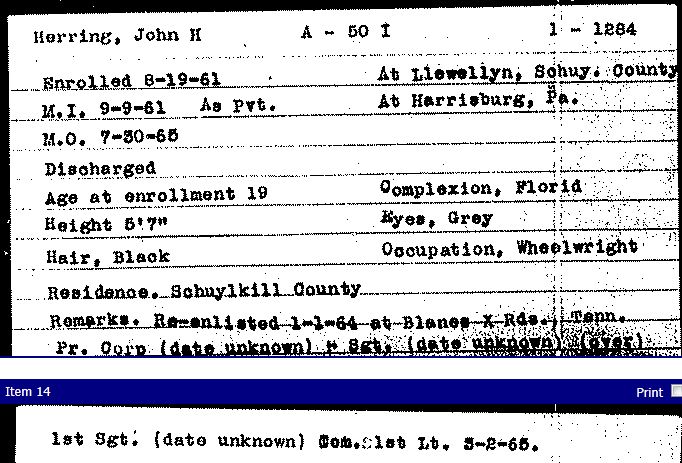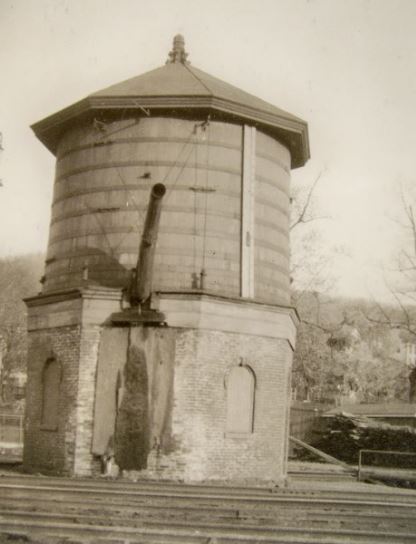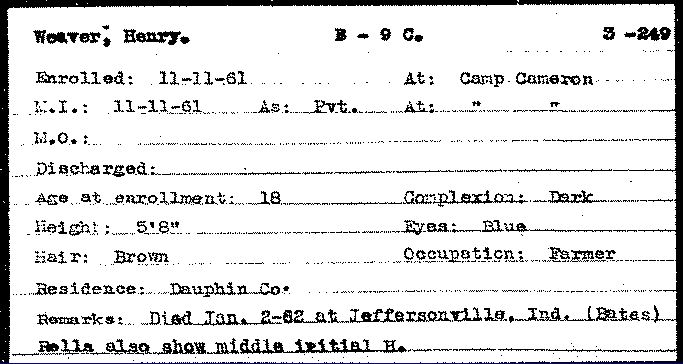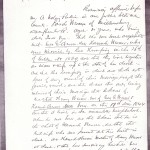The “Mad Stone” Melarkey – Another Supernatural Story of the Civil War
Posted By Norman Gasbarro on April 12, 2016
On 5 April 1899, a story appeared in the Harrisburg Telegraph telling of a “Mad Stone” that was first acquired from the Indians by a Pennsylvania Dutchman, Ferdinand Fred, in the mid-Eighteenth Century, and then was transported to Louden County, Virginia, near where the Battle of Ball’s Bluff was fought during the Civil War. The story described the sale of the stone for the price of $682.50.
THE “MAD STONE” SOLD
It Brought $682.50 at Public Auction in Virginia
The people down in Louden County, Virginia, appear to have gone mad over a “mad stone,” which has been referred to two or thre times in these dispatches. The stone was obtained from the Indians about the middle of the last century by Ferdinand Fred, a Pennsylvania Dutchman, who moved across the Potomac and settled in Loudon County at the foot of the Catoctin Mountain, not far from where the Battle of Ball’s Bluff was fought during the Civil War. It has been handed down from generation to generation, not only as an object of interest, but as a valuable piece of property from which a steady revenue has been derived. Person who have been bitten by animals, poisonous reptiles and insects, have come for miles around to be healed by its application to the wound, and it is credited with thousands of successful cures. The faith in the stone extends to the medical fraternity, and many persons who have been bitten by dogs and other animals, rattlesnakes, spiders and other venomous creatures, have been sent by their physician to test its efficacy, writes a Chicago Record correspondent.
The tone has always belonged to the Fred family and has brought in an income of several hundred dollars a year. When the last owner died he provided in his will that the stone should be kept forever in the family and offered free to sufferers, but the heirs quarreled over it, and by order of the Court, the executors offered it at auction. It was sold for $450 to one of the heirs, but the rest claimed that it would bring more money if the public were allowed to bid. At the request of the executors the Court set aside the first sale and ordered it put up at auction a second time. On Tuesday last the public as well as the heirs were allowed to bid for it, and it was finally knocked down to C. B. Turner, M.D. of Snickersville, Loudon County, for $682.50.
At the Battle of Ball’s Bluff, 21 October 1861, Lt. Oliver Wendell Holmes of the 20th Massachusetts Infantry, was seriously wounded, but miraculously survived. In 1902, he was appointed Associate Justice of the United States Supreme Court. He served until the age of 90, retiring in 1930 as the oldest Supreme Court justice in history. Perhaps his proximity to the “mad stone” at the time he was wounded assisted in his recovery, though we’ll never know for sure.
 ;
;
























